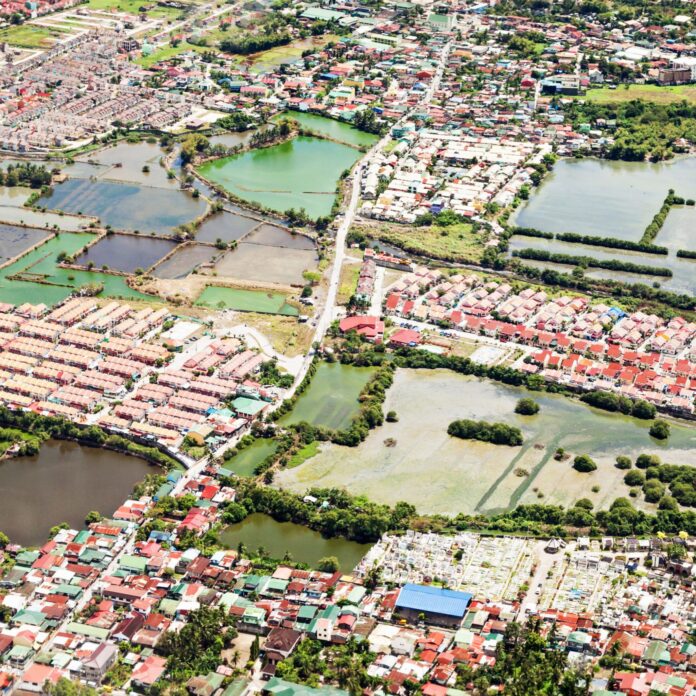Globe also highlighted it has already tested and deployed use cases for 5G Standalone (SA) technology
Philippine telco Globe Telecom said that it more than doubled its 5G footprint during 2022, reaching 70 cities at the end of the year, the carrier said in a release.
At the end of 2021, Globe provided 5G services in 29 towns and cities across the Philippines.
Globe also noted that its 5G network is now available to nearly all of the population in the National Capital Region (NCR), Davao City and Cebu.
The telco said that its 5G covers 97% of the population in Bulacan, 95% in Cavite, 90% in Iloilo City and Zamboanga City, 88% in Tuguegarao City, 87% in Laguna, 84% in Pampanga and Cagayan De Oro City, 81% in Boracay, 80% in Bacolod City, 76% in Baguio City and 39% in Butuan City.
Globe also reported that it has already tested and deployed use cases for 5G Standalone (SA) technology.
Globe allocated a record $1.9 billion on its capital expenditures in 2022. As of end-September 2022, it had deployed close to 1.4 million fiber FTTH lines, built 1,064 new cell sites, upgraded over 10,600 mobile sites to LTE and installed 1,887 new 5G sites nationwide.
Globe Telecom first received the green light to launch commercial 5G in 2018, with a nod from the Metro Manila Development Authority to deploy hundreds of small cell sites across Manila. The company brought its Non-Standalone 5G (NSA) network online to 17 urban areas in 2020, providing coverage to more than 80% of the metro Manila area by the end of the year.
In February 2021, Nokia had announced that it was selected by Globe Telecom in a three-year deal to upgrade its existing 4G network, as well as expand the geographical reach of its 5G network at over 1,000 sites in the Philippines. That deployment covered the second and third largest islands of Mindanao and Visayas and began in 2021, with completion expected this year.
Under the terms of the agreement, Nokia was expected to provide equipment and services from its comprehensive 5G AirScale portfolio to build out the Radio Access Network (RAN), including base stations and other radio access products. Globe Telecom will also use Nokia’s high-capacity AirScale massive MIMO Adaptive Antenna solution, which utilizes64TR radios, to boost coverage and performance.
The deal will also see the expansion of the existing FDD/TDD LTE network infrastructure, Nokia said.

